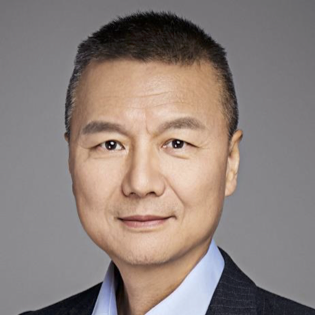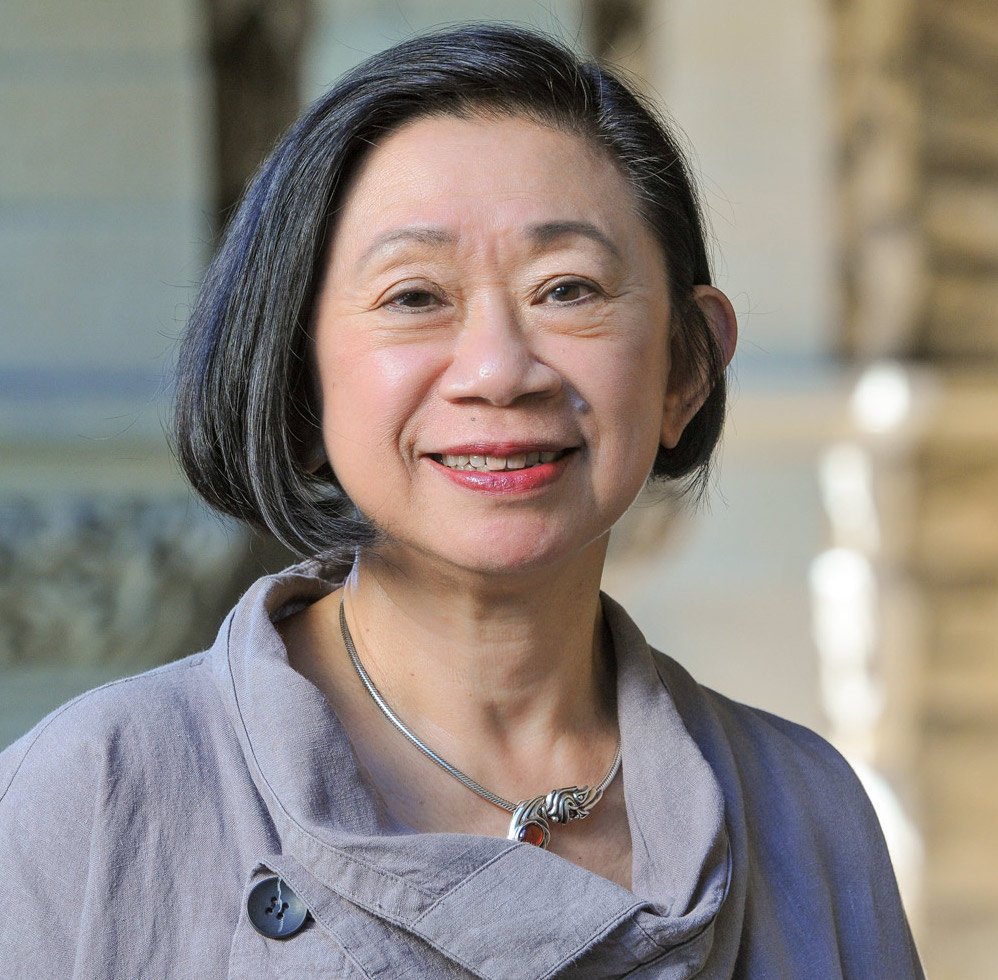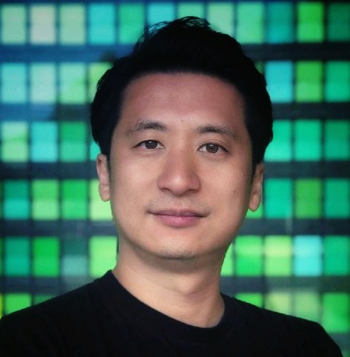Owning Handgun Associated With Dramatically Higher Risk of Suicide
Owning a handgun is associated with a dramatically elevated risk of suicide, according to new Stanford research that followed 26 million California residents over a 12-year period. The higher suicide risk was driven by higher rates of suicide by firearm, the study found.
Men who owned handguns were eight times more likely than men who didn’t to die of self-inflicted gunshot wounds. Women who owned handguns were more than 35 times more likely than women who didn't to kill themselves with a gun.
While prior studies have found higher rates of suicide among people who live in homes with a gun, these studies have been relatively small in scale and the risk estimates have varied. The Stanford study is the largest to date, and it’s the first to track risks from the day of an owner’s first handgun acquisition.
“Our findings confirm what virtually every study that has investigated this question over the last 30 years has concluded: Ready access to a gun is a major risk factor for suicide,” said the study’s lead author, David Studdert, LLB, ScD, MPH, professor of medicine at Stanford Health Policy and of law at Stanford Law School.
The study published in The New England Journal of Medicine analyzed data on handgun acquisitions and deaths in a cohort of 26.3 million adult residents of California who had not previously owned handguns. The researchers followed the cohort from 2004 through 2016, and compared death rates among those who did and didn’t acquire handguns, with a particular focus on suicides by firearm versus other methods.
More than 1.4 million cohort members died during the study period. Nearly 18,000 of them died by suicide, of which 6,691 were suicides by firearms.
Often Impulsive Acts
“Suicide attempts are often impulsive acts, driven by transient life crises,” the authors write. “Most attempts are not fatal, and most people who attempt suicide do not go on to die in a future suicide. Whether a suicide attempt is fatal depends heavily on the lethality of the method used — and firearms are extremely lethal. These facts focus attention on firearm access as a risk factor for suicide especially in the United States, which has a higher prevalence of civilian-owned firearms than any other country and one of the highest rates of suicide by firearm.”
There were 24,432 gun suicides in the United States in 2018, according to the Centers for Disease Control and Prevention. Three-quarters of them involved handguns.
The Stanford study took advantage of the unusually comprehensive body of information on firearm sales in California. All lawful gun purchases and transfers must be transacted through a licensed firearms dealer, who then relays the information to the state’s Department of Justice, where it is archived. The research team obtained records of all firearm acquisitions dating back to 1985, then linked them to death records.
The researchers found that people who owned handguns had rates of suicide that were nearly four times higher than people living in the same neighborhood who did not own handguns. The elevated risk was driven by higher rates of suicide by firearm. Handgun owners did not have higher rates of suicide by other methods or higher rates of death generally.
The researchers said the very high risk of suicide for female handgun owners, relative to female nonowners, was particularly noteworthy. It has long been known that women attempt suicide more frequently than men but have fewer completed suicides. The standard explanation is that the methods women tend to use are less lethal than those men tend to use. However, the study showed that this is not true for female gun owners.
“Women in our cohort who owned guns and died by suicide usually used a gun,” said Yifan Zhang, PhD, a biostatistician at Stanford Health Policy and co-author of the study. “Handgun ownership may pose an especially high risk of suicide for women because of the pairing of their higher propensity to attempt suicide with access to and familiarity with an extremely lethal method.”

Disentangling Competing Explanations
One major challenge with studies examining the relationship between gun access and suicide risk has been determining whether people who purchase handguns already have plans in place to harm themselves, or whether the presence of a handgun creates new risks.
The unique, longitudinal nature of the Stanford study helped to disentangle these competing explanations.
“There appears to be some of both happening,” said senior author Matthew Miller, professor of health sciences and epidemiology at Northeastern University. “New handgun buyers had extremely high risks of dying by firearm suicide immediately after the purchase. However, more than half of all firearm suicides in this group occurred a year or more later. Consistent with prior work, our findings indicate that gun access poses a substantial and enduring risk.”
Other Stanford co-authors of the study are research analyst Lea Prince, PhD, and research assistant Erin Holsinger, MD — both at Stanford Health Policy; and Jonathan Rodden, PhD, professor of political science.
Researchers at Erasmus University, in the Netherlands, and the University of Melbourne, in Australia, also contributed to the work.
The research was supported by the Fund for a Safer Future and the Joyce Foundation, as well as Stanford Law School and the Stanford University School of Medicine.

David Studdert
Read More
Men who own handguns are eight times more likely to die of suicide by handgun than men who don’t have one — and women who own handguns are 35 times more likely than women who don’t, according to startling new research led by SHP's David Studdert.




 Shiqi Wang
Shiqi Wang Xiang Wang
Xiang Wang
 Zhiqiang (ZZ) Zhang
Zhiqiang (ZZ) Zhang Jean C. Oi
Jean C. Oi Christopher Thomas
Christopher Thomas











